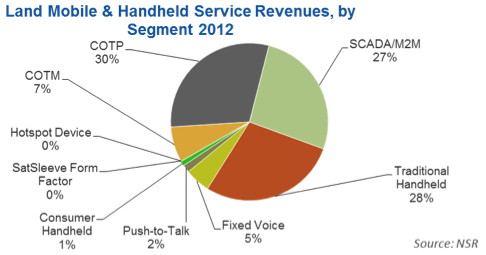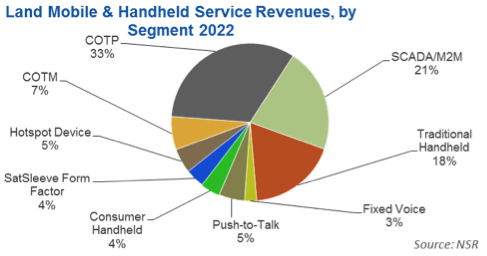2014 Afghanistan Pull-out
Effects on Satcom
Jan
22nd, 2014 by
Jose
Del Rosario, NSR
One of the most highly anticipated
events for 2014 is the full withdrawal
of U.S. and allied troops from
Afghanistan. The drawdown that began in
2011 has led to diminishing
growth in the global land mobile satcom
market given the lower number
of troops, vehicles and other assets
that needed to be supported by a variety
of satellite-based solutions. With
the impending or planned full pull-out
of U.S. and allied troops, the natural
inclination is to regard key programs
and solutions such as Blue Force
Tracking (BFT), and Netted
Communications to be adversely affected
globally.
In the mix is a potential
wildcard to the demand outlook, which is
the Bilateral Security Agreement (BSA)
that permits foreign forces to stay in
Afghanistan beyond 2014. It is a
wildcard as Afghan President Hamid
Karzai may or may not sign the
agreement. A signed security pact means
that about 8,000 U.S. troops will remain
until 2024, while an unsigned pact
translates to a very light footprint of
perhaps less than a thousand U.S.
personnel by January 2015.
In its latest market study, Land
Mobile & Handheld Satellite Markets,
NSR forecasted growth in
narrowband solutions supporting military
operations in the Middle East/Africa
region to exhibit flat to negative
growth, reflective of trends
over the past three years.


In terms of the overall land
mobile market, however, NSR foresees a
positive outlook, albeit at
lower levels compared to the run-up to
2011, where growth in revenue terms
displayed robust rates. In essence, the
troop withdrawal has been factored in,
given expectations over the past three
years such that a scenario of a signed
or unsigned BSA should have little to no
effect on the overall market. Here’s
why:
- The U.S. DoD has a new
contract with Iridium based on
unlimited use. This means
that even if the number of U.S.
troops were to remain at 8,000 based
on a Karzai-signed security pact or
all troops are completely pulled out
should Karzai refuse to sign the
agreement, the revenues generated
should be at fairly equal levels for
netted communications, handheld
satphones as well as other
applications the U.S. Military
decides to run on the Iridium
network as usage is not just
contracted for Middle East/Africa
but for the entire globe.
- For other services or programs
such as the BFT, a signed
pact means only slightly increased
growth overall given that
the bulk of BFT units will likely be
re-deployed to other regions such as
Asia in support of the pivot
strategy as well as the U.S. to
support military, homeland security,
border patrols, drug interdiction
and other civil missions.
- Lastly, the key market
segment is Comms-on-the-Pause (COTP)
and to a lesser extent, Comms-on-the-Move
(COTM). In 2012, COTP
accounted for 3% of in-service units
yet accounted for 30% of service
revenues. Usage of COTP (and COTM)
is predominantly military in nature
such that a low number of units
supporting between 1,000 to 8,000
U.S. troops in Afghanistan post-2014
should still translate to a healthy
market over the long term. Indeed,
by 2022, NSR foresees COTP service
revenues improving market share
further by 3% compared to 2012
levels due to increased usage
despite the lower number of troops
and other key personnel that need to
be supported. COTP and COTM
combined are forecasted to account
for 40% of service revenues by
2022. Usage of COTP and COTM are of
course not relegated solely to
Afghanistan and Iraq as new
deployments and re-deployment
similar to BFT and satphones should
take place in other regions such as
Asia and the U.S. However, given the
continued volatility of the Middle
East/Africa region, it is NSR’s view
that a large percentage of COTP and
COTM equipment will continue to be
deployed in this region over the
long term.
Bottom Line
Afghanistan and Iraq have been key
markets for the land mobile segment over
the past decade. With U.S. troops
returning home or staying at reduced
levels, narrowband solutions are
likely to remain flat or even diminish
in revenue terms for the Middle
East/Africa region but remain positive
in the aggregate when other regions are
included in the demand mix.
Broadband solutions,
specifically COTP, should continue to be
stable given that a vital
component to the U.S. presence in
Afghanistan, whether less than a
thousand troops or 8,000 personnel
post-2014, is to continue to provide
small-scale support to local forces as
well as mount Special Forces missions.
The Special Forces component will be
key, as missions will require high
bandwidth solutions, specifically COTP
and COTM services.